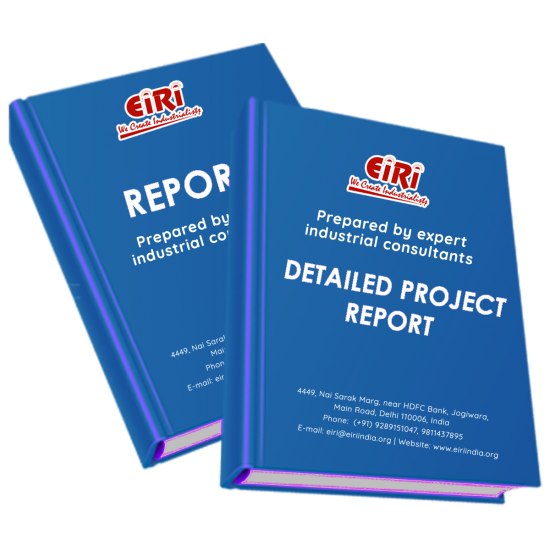The project report includes Present Market Position and Expected Future Demand, Market Size, Statistics, Trends, SWOT Analysis and Forecasts. Report provides a comprehensive analysis from industry covering detailed reporting and evaluates the position of the industry by providing insights to the SWOT analysis of the industry.
Straight fertilizers such as Calcium Ammonium Nitrate (CAN), Ammonium Nitrate (AN), Ammonium Sulphate (AS), Urea, Single Superphosphate (SSP), Triple Superphosphate (TSP), Potash (Potassium Chloride) (MOP) and combined types such as Mono-Ammonium Phosphate (MAP), Di-Ammonium Phosphate (DAP) are well-defined products made using well-defined processes.
Compound or complex fertilisers such as NPK, are more difficult to define as there is an infinite number of N/P/K-ratios and the processes applied in their production are numerous.
The product name “NPK” is normally followed by three numbers to indicate the percent of N, P2O5 and K2O which the product contains, e.g. 24–6–12 indicates that this particular grade contains 24% N (nitrogen compounds), 6% P2O5 (phosphorus compounds) and 12% K2O (potassium compounds). In addition, the fertilizer may contain magnesium, boron, sulphur, micro-nutrients, etc. The typical content of nutrients (N + P2O5 + K2O) will normally be in the range of 40-60%.
Grades with no P2O5 or no K2O are also included in the “NPK” product range but they are normally named NP and NK fertilizers. These types of fertilizers can normally be produced in NPK plants and emission levels will typically be within the limits valid for NPK grades.
The most widespread NPK fertilizers in Europe contain nitrate and/or ammonium salts.
NPK fertilizers can be produced in four, basically different, ways:-
? Ammonium phosphate/ammonium nitrate-based NPK fertilizers
? Nitro phosphate-based NPK fertilizers (mixed acid route)
? Nitro phosphate-based NPK fertilizers (ODDA-route)
? Mechanical blending of single or multi-nutrient components
Technologies for NPK Fertilizer
Processing of raw materials
? Mixed acid slurry processes with digestion of rock phosphate
? Phosphoric acid slurry processes
? Mixing of solid raw materials
Granulation techniques
– Drum granulation
– Blunger/pug mill granulation
– Spherodiser granulation
– Prilling
– Low costs of labour and maintenance
– Low cost of investment
Drum granulation with ammonization
• Broad range of formulations
• Neutralization of phosphoric and sulphuric acids in the granulation drum
• No phosphate rock digestion
• High costs of raw materials (P2O5)
• Simple gas scrubbing
• Low costs of labour and maintenance
• Low cost of investment
Mixed acid process with phosphate rock digestion
• Broad range of formulations
• Phosphate rock digestion enabling a considerable part of the phosphorus to be supplied from the low cost raw material, phosphate rock
• Flexible control of the reactions of raw materials in the liquid phase
• High product quality
• Complex gas scrubbing
• Medium costs of labour and maintenance
• Medium cost of investment
It is intended to prepare a Feasibility Report to install 400 Tons/Day NPK Fertiliser production facility as a Green Field Project.



